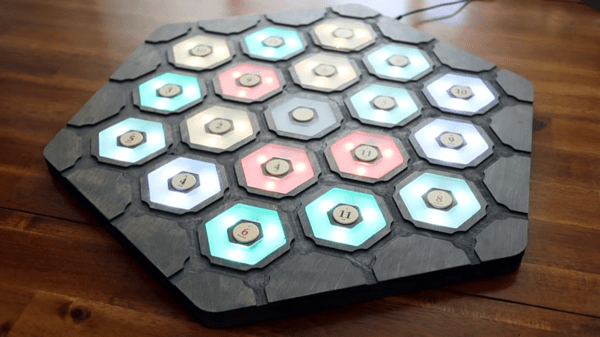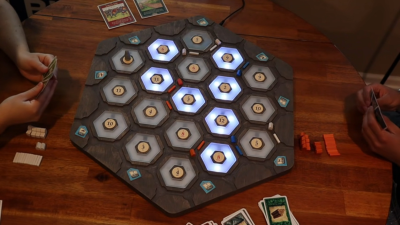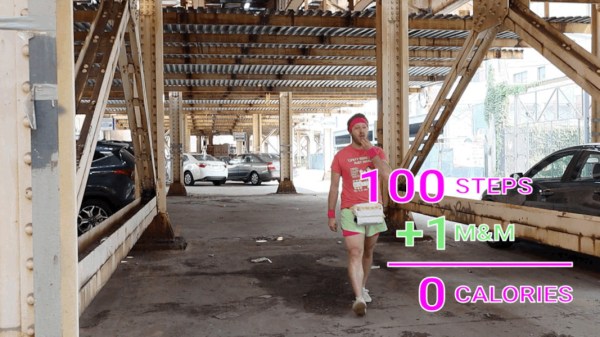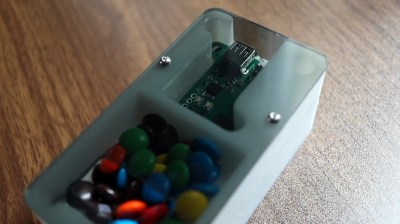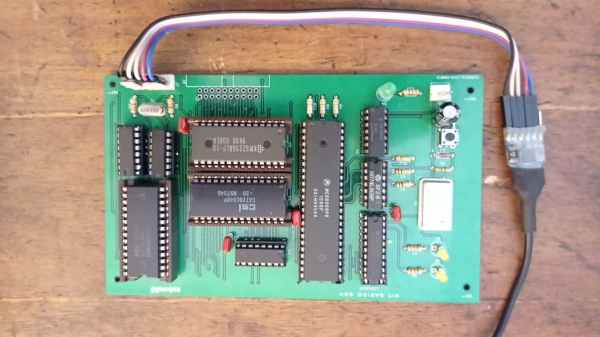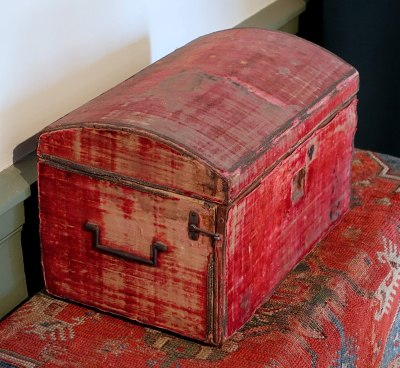A couple of months ago, we posted about the one day design [Sam March] did of an electronic Settlers of Catan board. Now he’s released a video with the second half. His first video was about the design of the game, specifically the electronic components. In this video, [Sam] takes us through the physical build of the board.
A couple of visits to his local maker space allows him to cut both the wooden parts of the board, as well as the acrylic hexes that go on top of each piece. Even with a CNC machine, there’s still some clean-up that needs to be done. After cleaning up the edges of the wood with a chisel and staining it, it’s time to put the circuit boards in, wire them up and program them. The build includes a dice roller – pushing a button shows the number rolled by lighting up the tiles in the form of the rolled number. The final touch is having some friends over to actually play the game.
Between the design process in the last article and the build process in this one, we get a good look at the way [Sam] designs things from beginning to finished product. Take a look at our previous article on [Sam]’s design as well as some other Catan articles.

